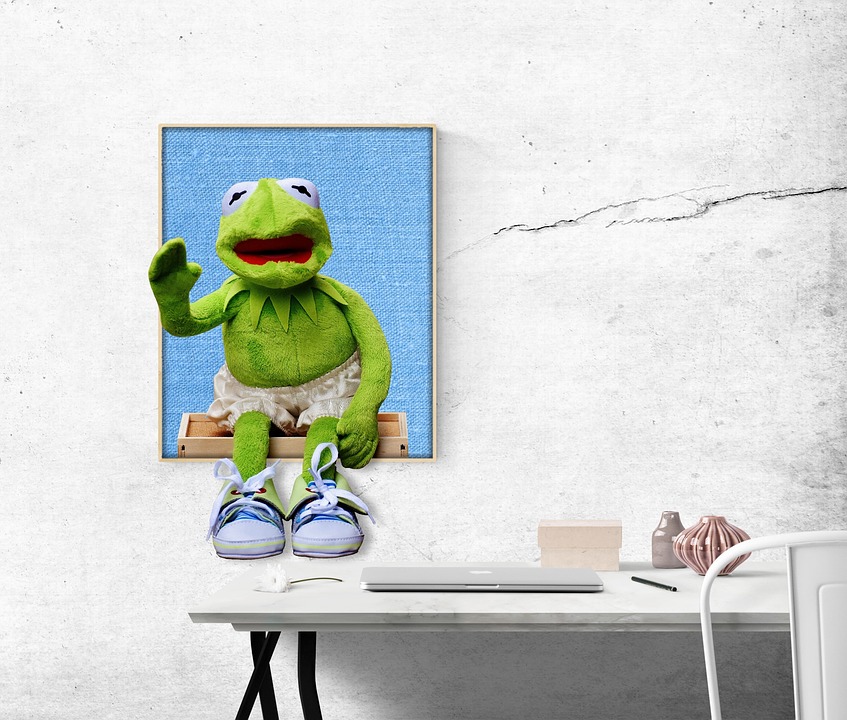The office environment is far more than just a physical location; it's a showcase of a company’s image and culture, and a vital space where employees spend a significant portion of their day. Its impact on comfort, belonging, and productivity can even surpass that of the home. As the nature of work evolves, an excellent office environment is critical for enhancing efficiency, stimulating creativity, and fostering collaboration. Below, we explore the major trends defining the future of our workspaces.
The future of work is untethered. With the dominance of notebooks, tablets, and powerful mobile devices, the traditional fixed desk is becoming obsolete. Work is no longer confined to a single building, leading to a flexible "office ecosystem" that includes headquarters, home offices, and even "third spaces" near employees' homes. To support this new hybrid model, spaces must be equipped with the technology for seamless virtual interaction, and digital tools for booking desks and rooms are becoming essential for managing this dynamic environment.
Advanced technology is being woven into the fabric of the workplace. The Internet of Things (IoT), AI, and smart systems are revolutionizing operations. Imagine iris recognition for access, intelligent cleaning robots, and AR-assisted tasks. In meeting rooms, traditional projectors and whiteboards are being replaced by integrated smart tablets that combine video conferencing, digital whiteboarding, and more, making collaboration simpler and more efficient than ever.
As the boundaries between work and life blur, the office is becoming more human-centric. Companies are creating "living" environments that support holistic well-being. This includes prioritizing health with ergonomic furniture, natural lighting, and dedicated quiet zones or wellness rooms. The goal is to make the office a destination that strengthens an employee's sense of belonging and community, not just a place for tasks.

A vibrant and playful office space designed to alleviate boredom and stimulate creativity.
In an economy where creativity is as valuable as technology, the physical environment must be inspiring. To attract new generations that value individuality, workplaces are becoming more personalized and playful. An interesting, culturally rich office with diverse spaces and colorful furniture can reduce monotony, spark new ideas, and foster a culture of innovation where employees feel empowered to think differently.
Modern organizations are moving away from rigid hierarchies towards flatter, more empowered team structures. This requires a workspace designed for interaction. The future office is a hub for community, balancing open, collaborative areas with private zones for focused work. This is achieved through modular furniture, easily reconfigurable layouts, and lightweight tables that can facilitate spontaneous meetings, ensuring the office is an agile environment that enhances team cohesion and collective success.

Modern workplaces with shared tables and mobile setups foster collaboration and flexibility.
Now, let’s take a closer look at standing desk parts. While a standing desk may not be the ultimate form of the office, it plays a pivotal role in the evolution of the modern workspace. Our standing desks provide flexible solutions with fully customizable components, designed to adapt to every need. If the environment has given standing desks this mission, then our mission is to make healthy office practices truly professional.